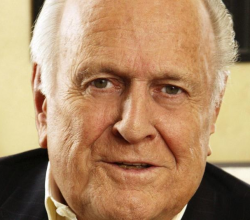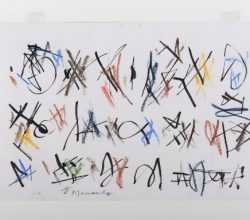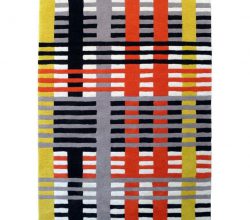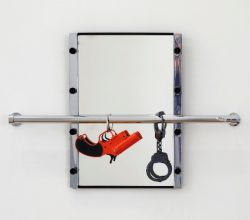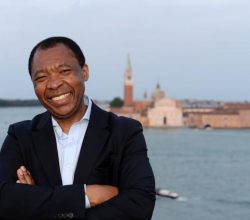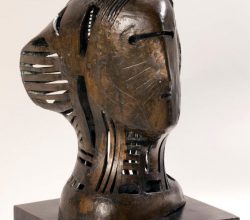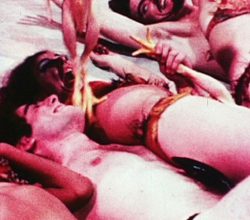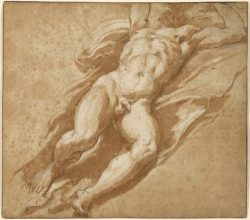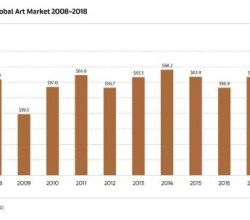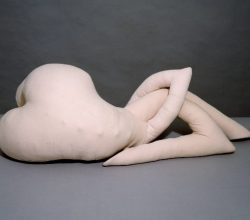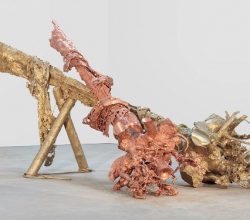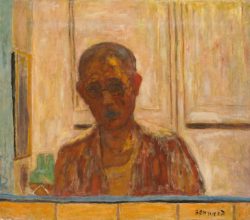
You’ll Never Know Yourself: Bonnard and the Color of Memory
Cody Delistraty | The Paris Review | 5th March 2019
A very different view of Tate Modern’s show. Bonnard’s multiple portraits of his wife show that he constantly fiddled and changed his mind. Picasso diagnosed indecision. “Wrong … Bonnard, like many artists, was working to find himself and sort through his past … a form of therapy. [His wife] was Bonnard’s shifting projection of himself [and] color was Bonnard’s arbitrator of emotion.”

